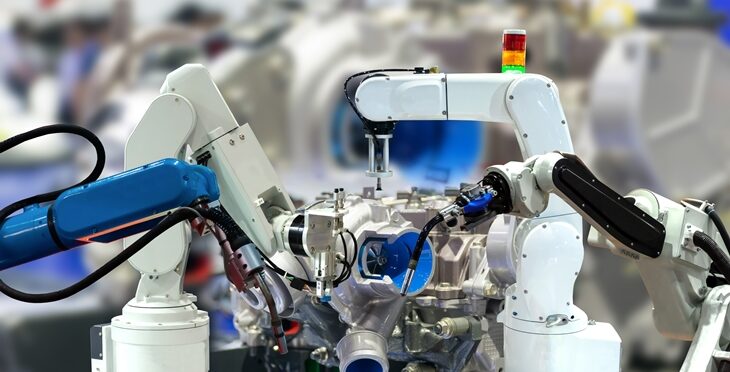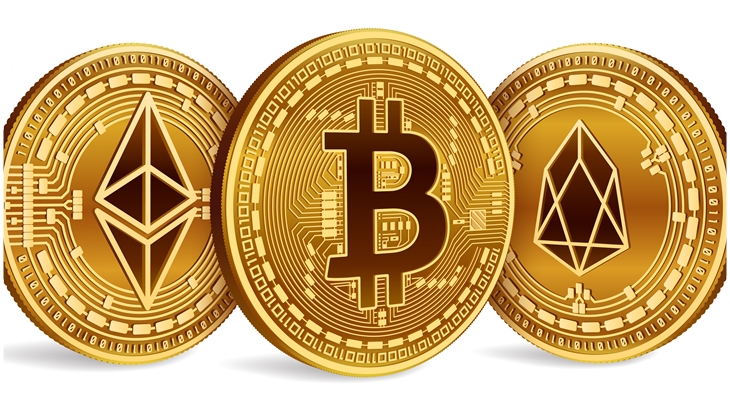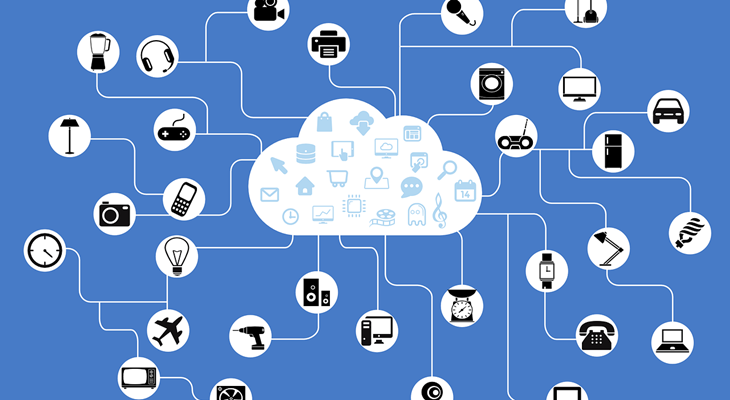Introduction to Industrial IoT
Often most of us limit the Industrial IoT (IIoT) to the manufacturing sector. But unlike the common misconception, IIoT has far more reach regarding its applications throughout various industries.
If we break down the IIoT in three basic stages; your organization can successfully implement the IIoT with the help of the right tools for each stage.
3 Basic stages of Industrial Internet of Things:
The intelligent use of the tools for the stages mentioned below will impact on the successful implementation of IIoT.
1. Edge Devices for the front end
2. Connectivity
3. Data Analytics
The best tools for successful implementation of IIoT
In this first stage of smart device integration, the data collection begins, and the effective use of sensors, actuators, and IoT Gateways will help you to gather the data in an effective manner.
Edge Devices for front end:
Edge Devices are the devices which are used to control the flow of data from one network to another. These devices are generally sensors, actuators and various other end-point devices, and IoT gateways.
Ideal Characteristics of a front-end edge device tool for IIoT applications
- It should be of peer-to-peer networking
- A collaboration of Edge Devices for an effective implementation
- The methodical Query Distribution system in between the systems
- Data Governance from quality, security, discovery aspects
- Proper Data Distribution Management- Clarity on the data storage
Connectivity
Once you collect all the data, the process of transferring the data to the cloud begins. You need proper connectivity tools for the appropriate transfer of the collected data.
Most of the organizations are dependent on the wireless tools for an effective data transfer the tools for data are:
- Mesh Topology: It is a type of networking in which all the nodes correspond to distribute data.
- LPWAN (Low-Power Wide-Area Network): A group of wide-area networks that operate at high efficiency, & low power consumption.
- Cellular Network: Narrow-band IoT (NBIoT) and category M1 (Cat-M1) IoT have gained a lot of popularity due to the rise in the implementation of IoT across the organizations.
- Local Area Networks such as WI-Fi: These connectivity tools are generally used to run in a local environment. It works on the basics of star network topology.
Data Analytics
Data Analytics plays the role of completing the jigsaw of implementing Industrial Internet of Things. The software performs the analysis based on the collection and transmission of the data.
The software is called the Industrial IoT Platforms, and their role is to connect the front edge devices, connectivity tools to end-user applications.
Industrial IoT platforms play the most critical role in the successful implementation of IoT; Because of this many major players are involved in providing the IoT platforms. We are listing some of the best platforms below.
- IBM Watson
- Siemens MindSphere
- PTC Thingworx
- Microsoft Azure Suite
- Oracle Internet of Things
Conclusion:
Industrial IoT is not limited to the manufacturing sector, but it also covers many other sectors. According to Gartner, 95% of new products will implement IoT technology.
So if you haven’t yet integrated the IoT platform for your organization, this might be the right time. We hope this blog gave you an idea about the best tools to implement Industrial IoT.
You May also like to Read:





